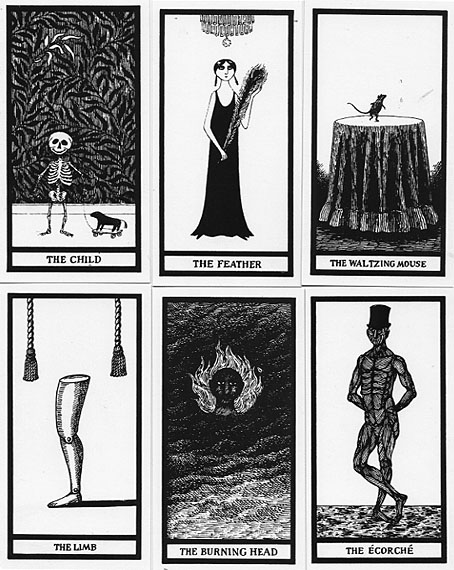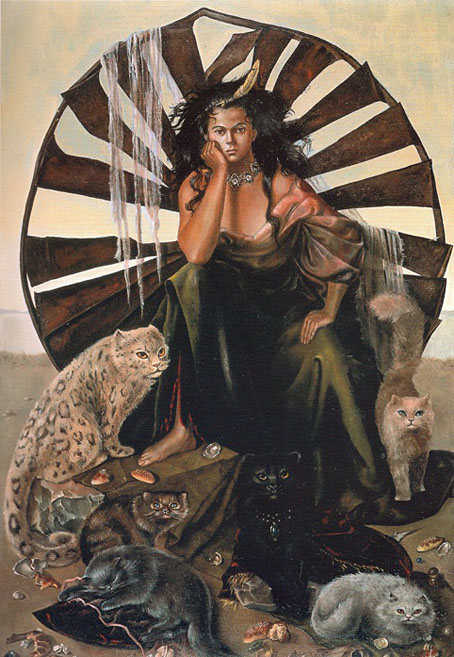The Mona Lisa as it looks run through the Random Pixelate setting in Glitch Lab.
• “We don’t have enough Dada in this world of too much data. Something is needed to break-through the over-curated simulacrum that is the online world in order to let in a bit of non-artificial light. One way to make a break is through the deliberate cultivation of the glitch.” Justin Patrick Moore on circuit-bending, glitch music and Surrealist composition.
• The seventh installment of Smoky Man’s exploration of The Bumper Book of Magic has been posted (in Italian) at (quasi). There’s an extract in English at Alan Moore World.
• New music: Remember The Clouds by Philippe Deschamp, and Requiem For The Ontario Science Centre by Tony Price.
• Michael Brooke offers suggestions for where to begin with Polish film director Wojciech Has
• At Printmag: A new book shares the artistic odyssey of Iranian designer Farshid Mesghali.
• The Letraset Graphic Materials Handbook for the year 1987.
• Steven Heller’s font of the month is Cubo.
• Yet more Polish film posters.
• RIP Roy Ayers.
• Glitch (1993) by Moody Boyz | Glitch (1994) by Autechre | Glitch (2011) by Brian Eno And The Words Of Rick Holland









